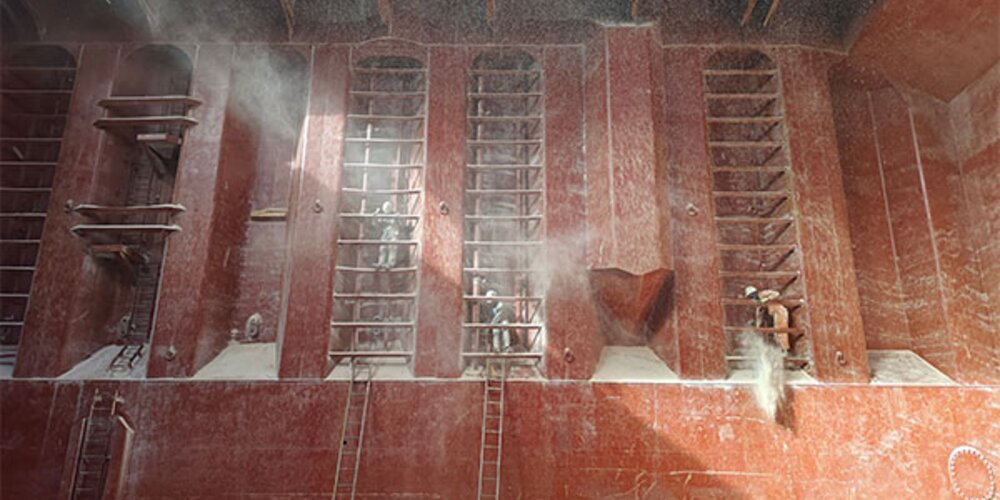Browse our services
Explore how Brookes Bell can help you
Find an expert
Meet our team, find and expert and connect
Contact us
Get in touch, we're here to help

For tankers carrying oil and other chemical cargoes, tank coatings are an important operational consideration, protecting the vessel structure from corrosion and cargoes from contamination, as well as making tank cleaning between cargoes less arduous. And, while anti-fouling hull coatings are taking the lion’s share of public focus, given their potential impact on fuel efficiency, shipowners should also be mindful of the consequences of not paying attention to the condition of their cargo tanks.
The case of the ASIA STAR in 2007 is one of several examples in which charterers have successfully withdrawn from a fixture and claimed compensation from shipowners for chartering out vessels that – due to tank coating failures – are deemed to be inadequately equipped to fulfil the charter. In the Singapore Court of Appeal, the judgement accepted an expert view that “coating condition would be classified as poor, either where there was a general breakdown of the epoxy coating in excess of 20% of the surface area or where loose scale formation exceeded 10% of the surface area.”
A surfeit of similar cases contributed to development of IMO’s paint and coatings performance standards, which were finally adopted for crude oil tankers in 2010. The standards afford a baseline for recording, monitoring and maintaining tank coating quality across application, service and upkeep. While the standards make cases such as ASIA STAR less likely to reach litigation, coatings still fail before the 15 years of good service that the IMO guidance sets as a benchmark. When that happens, establishing why, and at what stage, a fault occurred is crucial, both for improving coatings and application procedures, as well as for establishing liability.
The causes of coating deterioration and failure are complex. As an example, one perennial type of failure – blistering – can have multiple roots. Blistering is the bubbling, flaking and eventual separation of paint from a surface. It is one of the primary symptoms of coating deterioration, leading to potential rusting of the tank structure beneath the coating. But identifying the root cause of blistering is challenging due to the fact that root causes can lie in the quality of the coating product, its application, the type of cargo carried and the ambient condition in the tank.
For example, grit contamination during application can lead to osmotic blistering, where water soluble elements in the grit draw moisture into the coating, eventually degrading the paint as well as accelerating rust beneath it. Poor surface treatment and cleaning before application can have a similar effect. During operation, blistering can be caused by insufficient resistance to chemical corrosion from cargoes (or seawater in ballast tanks) or to heat. When these incidences occur, analysis is needed to identify what happened and whether conditions exceeded those specified by coating supplier, shipyard, shipowner or charterer.
The IMO performance standards should provide a record that these considerations have been accounted for at each stage of a coating’s lifecycle. But forensic investigation often reveals a different picture to the documented version. Brookes Bell works with owners and operators as well as with insurance companies and Classification Societies to understand what really happened. Its specialist laboratory deploys an array of tests including optical microscopy and SEM-EDX; scanning electron microscopy (SEM) with energy dispersive X-Ray analysis (EDX) and Fourier-transform infrared spectroscopy (FT-IR).
Using this detailed analysis, Brookes Bell’s paint and coatings experts can confirm the mechanism of the coating failure. By comparing this to the records kept of coating application, upkeep and tank usage, Brookes Bell can deliver an accurate account of root causes.